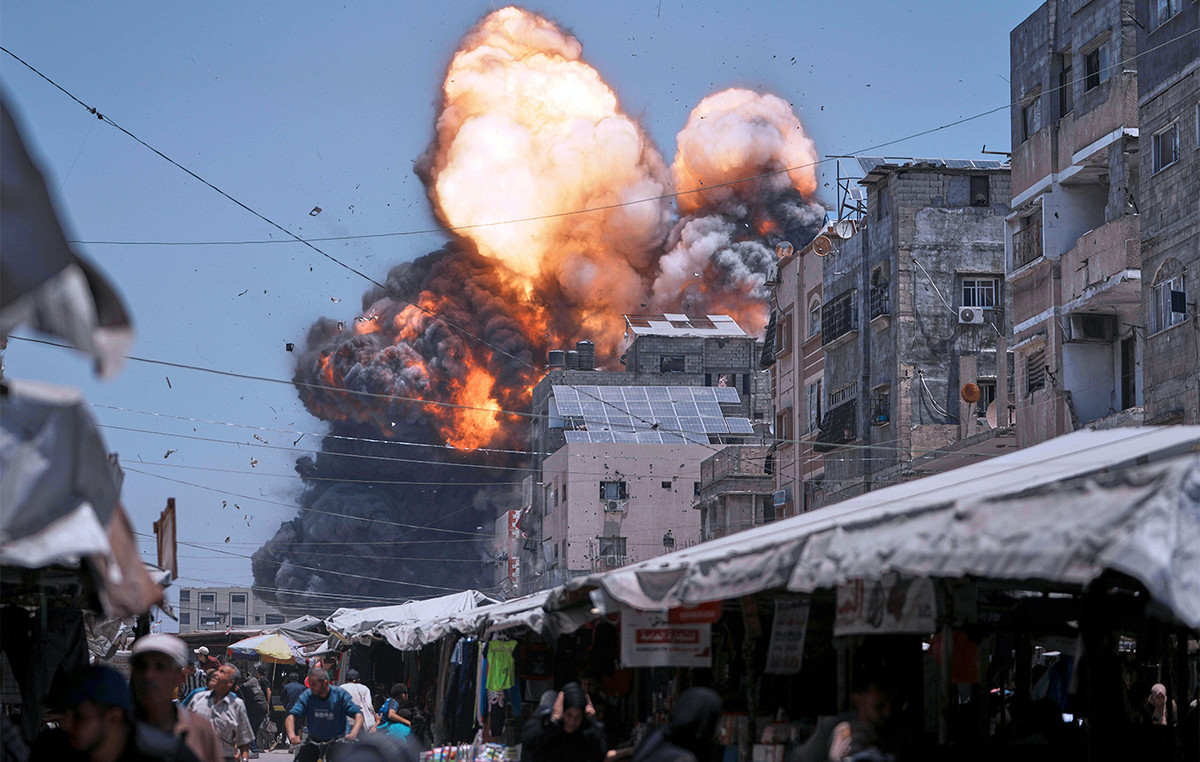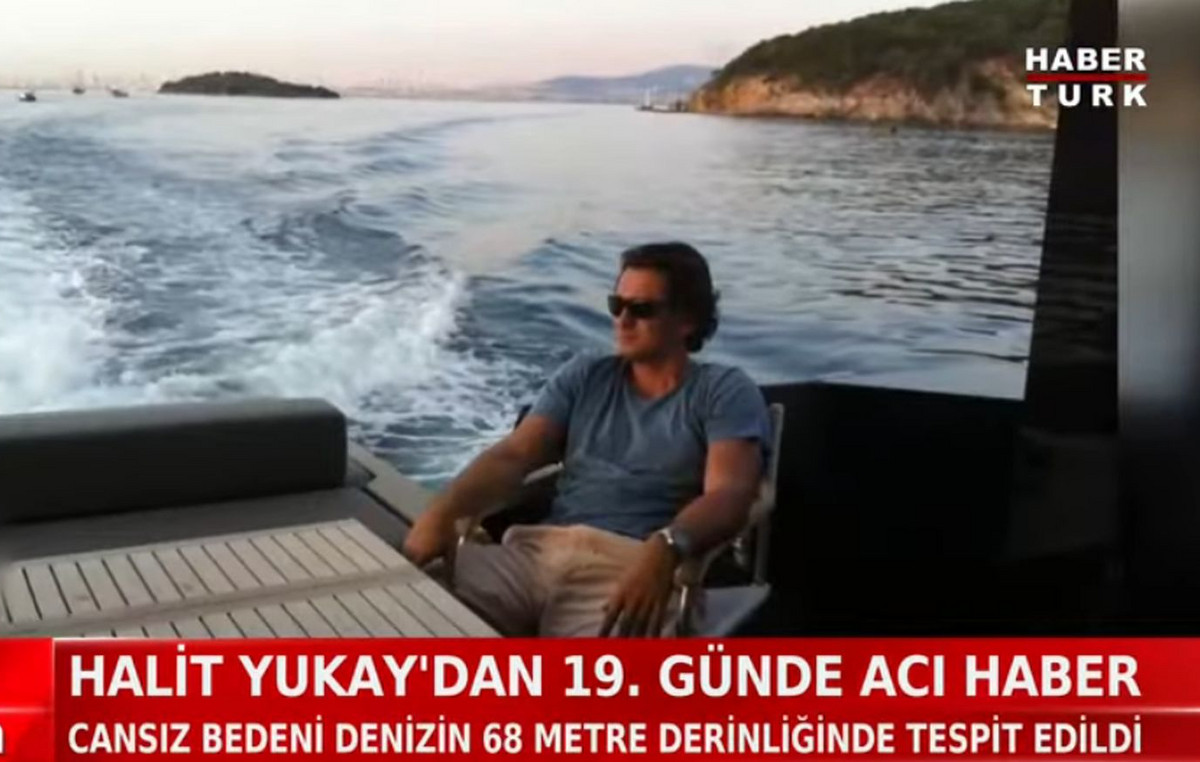Vladimir Putin's forces have advanced in at least three locations along Ukraine's eastern front — including, for the first time in several months, an advance into the region north of Kharkiv — again highlighting Kiev's need for ammunition and weapons from the United States and from other allies.
The latest developments reflect the new rhythm on the battlefield since the fall of the industrial town of Avdiivka in February.
Russia's tactical advances are now daily. In general, they are modest — from a few hundred meters of territory to, at most, a kilometer — but they usually occur in several locations at the same time.
From the Ukrainian perspective, the losses are also being accompanied by more public expressions of criticism of the military over official battlefield updates.
Among the areas that continue to witness some of the greatest Russian pressure are a few small settlements northeast and south of Ocheretyne, a large hill village about 10 miles west of Avdiivka in the Donetsk region.
Ukraine's DeepState monitoring group, which updates changes in front-line positions daily, shows Russian forces advancing in eight different locations along 20 to 25 km of the front line in a 24-hour period.
Military bloggers on both sides largely agree that Russian forces crossed a waterway and took control of the settlements of Semenivka and Berdychi.
A few kilometers to the north, Soloviove is now also in Russian hands, and the small settlement of Keramik is at least partially so as well.
“The withdrawal in the Donetsk operational zone continues,” writes Ukrainian military blogger Myroshnykov, expressing concern that Russian troops could soon move south toward Karlivka—where they could cross the Vovcha River—joining other Russian units advancing west from recently captured Pervomaiske.
Criticism of military communications
Myroshnykov and the website DeepState have targeted official Ukrainian communications, accusing the military of unrealistic battlefield updates.
DeepState, in a Telegram post, published a graphic video of a Russian soldier being killed in a drone strike in the village of Soloviove — but used the clip to argue that isolated incidents can mask the bigger picture, which it also accused the military of to do.
“You can watch with pleasure forever the video of a Russian (soldier) being torn to pieces (…) but nearby there is another location that requires attention: Muscovites calmly moving through the village, keeping it under control,” wrote DeepState.
The site went on to say that “the Ukrainian Defense Forces inflict fire damage on them, and it can be repeated at least a billion times (on national television) that two-thirds of the village is under the control of the Ukrainian military, but the image reality is completely different.”
This assessment — that two-thirds of the village of Soloviove was under Ukrainian control — was made by Nazar Voloshyn, spokesman for the Khortytsia strategic-operational group, on Ukrainian TV on Saturday.
Neighboring Ocheretyne was also still two-thirds under the control of Ukraine, which had everything under control, he said.
“The part of the settlement that the enemy invaded is under our fire control. The enemy is blocked and measures are being taken to expel (Russian troops). Heavy fighting continues there, but the situation is under the control of the (Ukrainian) Armed Forces,” he said.
For its part, DeepState sees the situation differently, assessing that Russian troops have been in control of the center of Ocheretyne village, including the train station, for at least three days.
Last week, the monitoring website made a similar claim against the military, accusing “some spokespeople” of incompetence.
As part of his interview on Ukrainian television, Voloshyn also addressed the situation further north, along the part of the front line that cuts through the Kharkiv region, describing Russian forces as having become “significantly more active” in the last day.
Russia last made small gains in the region in late January and early February, but DeepState is assessing a new advance of one to two kilometers in the village of Kyslivka.
Overall, the front lines in this region have remained relatively stable since Ukraine recaptured a large swath of territory in the Kharkiv region in late summer 2022.
Russian forces are also advancing west of the city of Donetsk, entering the industrial city of Krasnohorivka from the south and east.
Fighting was reported around a large brick factory. A Russian military blogger wrote about the importance of the battle: “The liberation (sic) of the refractory factory would actually mean the fall of the Krasnohorivka fortification, as the northern outskirts of the settlement are private buildings, which will be very difficult to defend if the factory is lost.”
More short-term setbacks
Many Western analysts, along with Ukrainian officials, see Russia's current rapid pace as a precursor to a major offensive attempt in late spring.
It is also assumed that Moscow wants to take advantage of its significant ammunition advantage before US supplies — authorized last week after six months of political stagnation — reach the front lines.
The Institute for the Study of War (ISW) assesses that there will be more short-term setbacks for Ukraine, although without major strategic defeats.
“Russian forces are likely to make significant tactical gains in the coming weeks as Ukraine waits for US security assistance to reach the front, but they are unlikely to be able to overcome Ukrainian defenses,” the institute writes.
Ukraine's other major quantitative weakness, which also helps explain recent battlefield trajectories, is labor. A new mobilization law will come into force next month, which should improve recruitment processes.
But Kiev has been very reluctant to say clearly how many more troops it needs, while Moscow continues to increase numbers.
“Of course, the quality (of Russian fighters) varies, but the quantitative advantage is a serious problem, writes Rob Lee of the Foreign Policy Research Institute in X.
“Without (its) manpower advantage, the Russian artillery and airpower advantage would not be sufficient for Russia to make gains on the battlefield. The relative labor situation is probably the most important factor that will determine the trajectory of the war, especially if Russia can maintain conscription at 20 to 30 thousand people per month,” adds Lee.
Source: CNN Brasil
Bruce Belcher is a seasoned author with over 5 years of experience in world news. He writes for online news websites and provides in-depth analysis on the world stock market. Bruce is known for his insightful perspectives and commitment to keeping the public informed.







